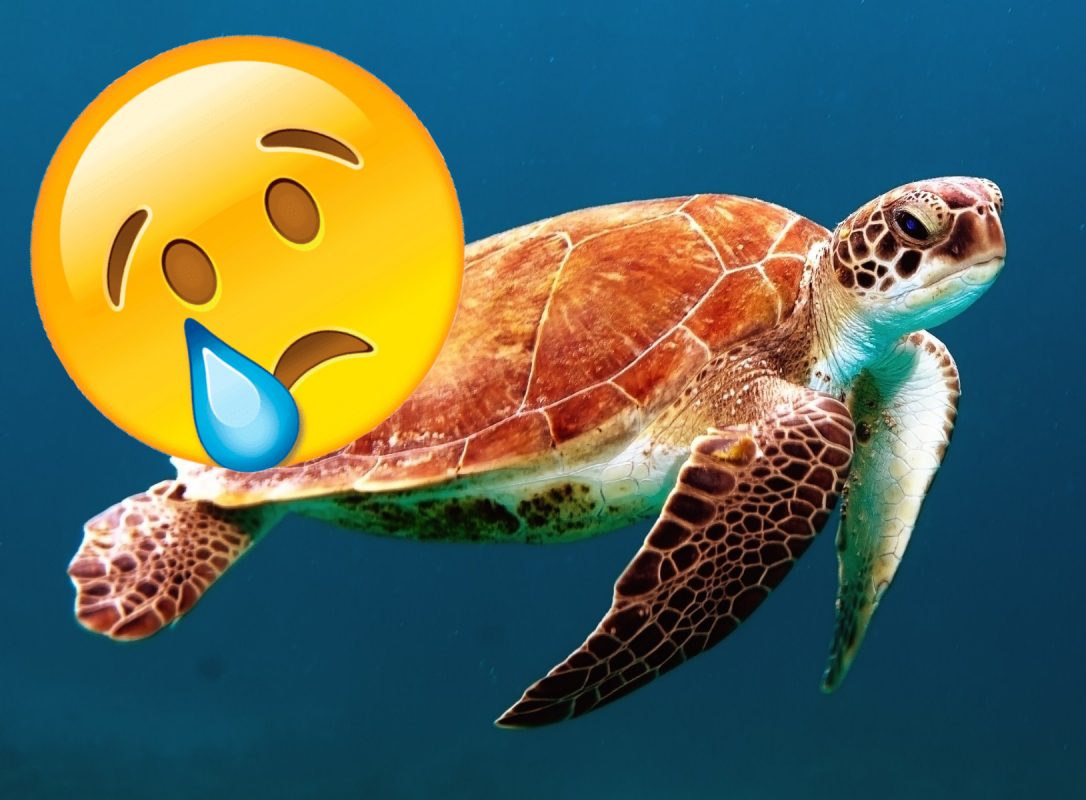Uncategorized
Glitter is Terrible for the Environment
Ah, glitter. When it’s somewhere it’s everywhere, sticking to your clothes, your hair, the spot on your back you can’t reach. But when you finally manage to rid your home (and back) of some random birthday party aftermath, it doesn’t just disappear. It’s tracked out of your home or run down your shower drain into our oceans, wreaking havoc on our ecosystems.
WHAT IS GLITTER, BESIDES A NUISANCE?
Glitter is a type of microplastic made from polyethylene terephthalate (PET), or Mylar, that has shown to pollute our landfills and even the deepest parts of our oceans.
It’s swallowed by plankton, those then swallowed by fish, quickly making its way up the food chain until in birds’ bellies or a dinner plate.
Scientists call for a ban, while festivals and businesses are saying goodbye to glitter for good. Good.
BUT WAIT, THERE’S HOPE(?)
To relieve birthday party and techno night anxieties, “eco-glitter” was introduced, an economically considerate alternative to PET. This eco-glitter, made from modified regenerated cellulose (MRC), is sourced from eucalyptus trees and boasts an awesome biodegradability.
Cellulose? Eucalyptus Trees? Sounds Natural to Me!
Except this glitter is coated with aluminum and then literally sealed with a thin layer of plastic. So, to clarify, MRC is an eco-friendly microplastic substitute coated with…microplastic.

There Seems to be Evidence
To add, a study out of Anglia Ruskin University (ARU) found that PET and MRC glitters cause an identical destruction on lake and river ecosystems, affecting levels of chlorophyll and phytoplankton, with MRC additionally having a stronger impact on the encouragement of certain invasive species.
Marketers and producers don’t mention this because, well, greenwashing is a thing, and so is profit.
SO WHAT DO WE USE?
So it looks like we aren’t fans of glitter or their eco-friendly imposters.
We’re boring, we know.
But we prefer our soaps, home, and planet plastic-free (or at least less infested).
Our soaps are decorated with natural botanicals and organic matter, truly biodegradable options to microplastics, just less sparkly.
We use a range of dried flowers to top our soaps, including:
- chamomile
- chrysanthemum
- cornflower
- hibiscus
- lavender
- lemongrass
- rose
- rosemary
- safflower
We use other natural additives also, such as:
- beach sand
- coffee beans & grinds
- cranberry seeds
- dehydrated fruits
- poppy seeds
- sea salts
- and sometimes even pearls
Whatever you find decorating our soaps, you for sure won’t find any glitter or plastics.




Thanks for your blog, nice to read. Do not stop.